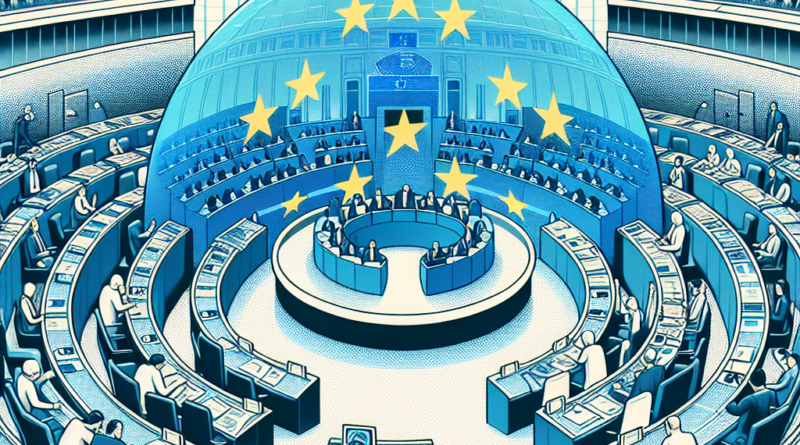The Role of the European Parliament in Shaping Economic Policies
The European Parliament: Role and Functions
The European Parliament is the only one of the 7 institutions of the European Union to be directly elected by the citizens.
Each member state has a certain number of seats within it, based on demographic criteria.
Simply put, countries with a higher population have more seats, although the principle of degressive proportionality ensures that less populous states have a good number of seats per capita.
In detail, there is a minimum limit of 6 MEPs and a maximum of 96 per country, with a total cap of 750 Members of the European Parliament (MEPs).
With the 2024 European elections, the number of MEPs will increase to 720, with 15 additional members.
This change does not affect Italy, which is still represented by 76 MEPs.
Regarding the voting system, each member state adopts its own internal rules.
For example, in Italy, there are 5 electoral constituencies and a 4% electoral threshold.
Some common mandatory rules include proportional representation: seats are allocated proportionally to the votes.
Functions of the European Parliament
The European Parliament amends and approves EU legislation together with the European Council (composed of the ministers of national governments).
EU legislation includes regulations and decisions, which are automatically binding, directives to be transposed, as well as the multiannual and annual budget.
While the proposal and implementation of legislation fall under the European Commission’s responsibility, the European Parliament can address the Commission by proposing a legislative text.
The report can be drafted by all members of the Parliament in parliamentary committees, considering both collective interests and the needs expressed by the citizens of their nation.
The Parliament and the Council of the EU have equal powers in ordinary legislation, which includes economic governance, immigration, energy, transport, environment, and consumer rights.
For specific issues, the Parliament may have a consultative role, and in some cases, its opinion is essential for the proposal to become law.
The European Parliament also has a control function, such as approving the European Commission and voting on a motion of censure against it.
The Parliament is divided into 20 Committees for different policy areas and political groups, each with a minimum of 23 MEPs and representing at least a quarter of the EU member states.
Additionally, among the various tasks of the European Parliament is the examination of democratic processes in all EU member states.
MEPs and the President
MEPs are tasked with representing the interests and needs of their constituents.
This involves listening to local concerns and needs through engagement with associations, groups, and businesses.
Proposals and initiatives must be heard, understood, and evaluated to be potentially implemented in the collective interest.
The Parliament also has a President elected by the Parliament itself, with a term half as long as that of MEPs, lasting 2 and a half years.
The President ensures compliance with internal regulations and represents the Parliament at both European and national levels.
It is the President who expresses the Parliament’s views on the agenda, signs for the promulgation of laws and the EU budget.


